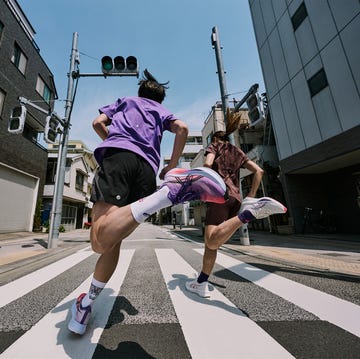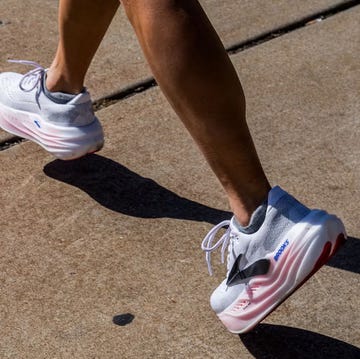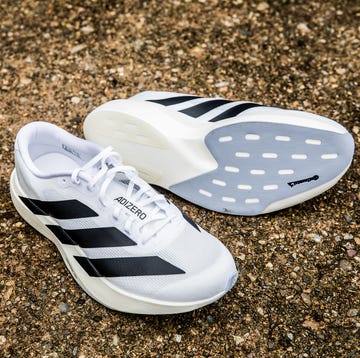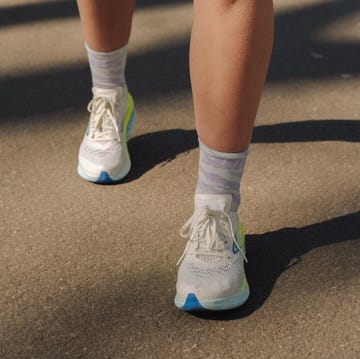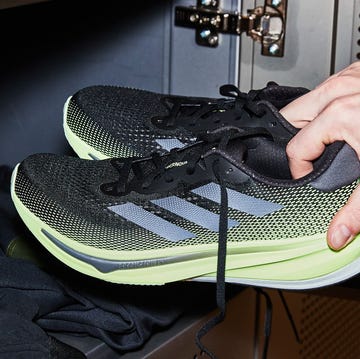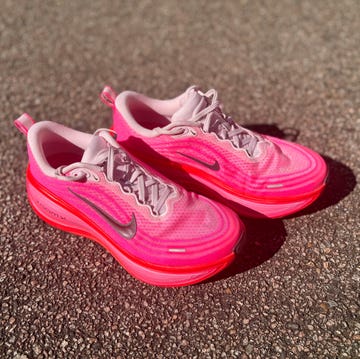We earn a commission for products purchased through some links in this article.
The best running shoes for flat feet, based on advice from experts
No, you don't always need a stability shoe — but here's what you do need

Want more tried and tested recommendations from the RW editors? Sign up to our weekly newsletter Kit Bag. Click here to subscribe.
Finding the right pair of running shoes is important, no matter your foot type. But if you’re a flat-footed runner, choosing the wrong pair could contribute to various problems, including excess wear and tear on one side, pain in the ankle, calf, knee, hip or lower back, shin splints or plantar fasciitis.
As you’ll find below, the best running shoe for flat feet will be personal to you. It’s a good idea to get a foot analysis to see exactly what your feet require. That being said, the following running shoes are all good options – keep scrolling to read more.
The experts: To help guide our selection of the best running shoes for flat feet, we relied on the expertise of Matthew Hart, podiatrist and owner of MH Sports Podiatry, podiatrist Dina Gohil, brand ambassador for CCS Foot Care, and Luke Van der Feen, a running-specific physiotherapist at The Running Room in London. While none of these experts personally selected any of the shoes listed below, they provided a framework to help us recommend models that have proven successful in supporting flat-footed runners.
What to look for
While there’s no set formula for choosing a shoe for flat feet, there can be a few helpful features to look out for.
Midfoot arch support
For people with flat feet, finding a shoe that can assist with supporting the medial arch can be beneficial, says Van der Feen, as they often lack the capacity to tolerate high loads without it.
‘Midfoot support or “structured” shoes are designed with a more rigid midsole or medial posting,’ he says. ‘This helps to prevent excessive pronation and tibial internal rotation which can contribute to conditions such as plantar fasciitis and tibialis posterior tendinopathy.’
Stability or neutral
Despite common belief, midfoot support doesn't have to come from a classic stability shoe with a medial post or similar technology. In fact, Gohil says it totally depends on your running needs and foot type, advising a neutral trainer first and foremost, with insoles being used as a supplement to your body’s needs.
However, Gohil adds that shoes with features like stability or motion control can help keep the feet in check and provide the support and stability that flat feet crave.
'Depending on the runner's weight and the degree of mobility within their foot, I tend to use more structured shoes, especially if the person has an adult acquired flat foot deformity,' adds Hart. 'These shoes have less medial midsole compression under weight bearing [i.e. they provide more medial support], and the aim with them is to reduce strain through the soft tissue structures of the midfoot.'
Van der Feen agrees: ‘A stability shoe offers guidance without overly rigid support. This can be better for someone with flexible flat feet as they provide support without excessive pressure in the medial arch which often causes blistering or discomfort. I will generally avoid over correction or the use of more rigid support unless there is a clear functional impairment.’
Flexibility
Finally, a firm heel counter can help to lock the heel in place and control any excessive rear foot motion, says Van der Feen. ‘But a shoe should have a mild degree of flexibility at the toe — rather than being flexible at the midfoot — as this can exacerbate motion and contribute to fatigue.
How we selected
To select these shoes, we consulted running experts Hart, Gohil and Van der Feen about the needs of flat-footed runners. According to them, the most important features to look out for are midfoot or arch support, some form of stability and a touch of flexibility in the forefoot. We then combined this insight with our own hands-on testing and in-depth knowledge of the running shoe market to select the models that work best for flat feet. While running shoe fit and feel is highly subjective and we always recommend trying a pair before you buy, we’re confident that at least one of the options below should work well for you.
The best running shoes for flat feet

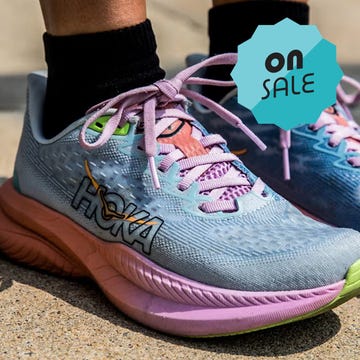
Best September running shoe deals 2025
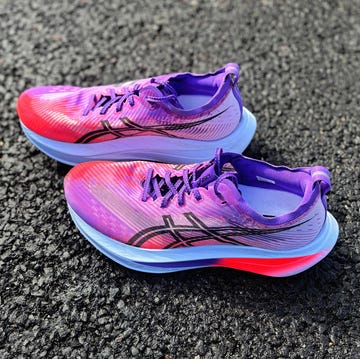
Is the Asics Megablast the best Blast yet?

Brooks running shoes sales August 2025
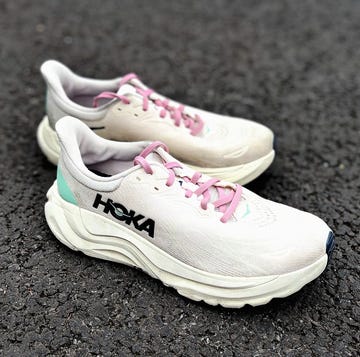
Arahi 8: Hoka's stability shoe is back to form






